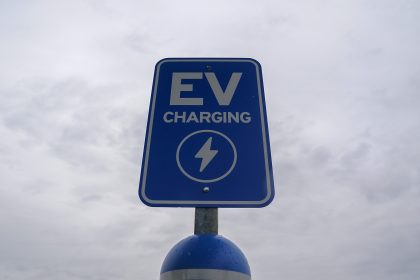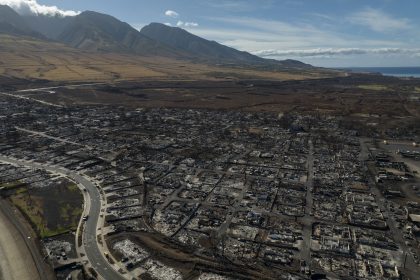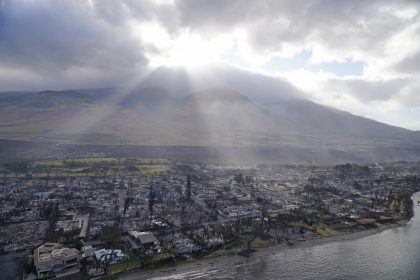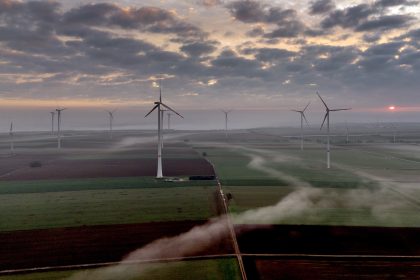As Heat Waves Worsen Researchers Offer Policy Options
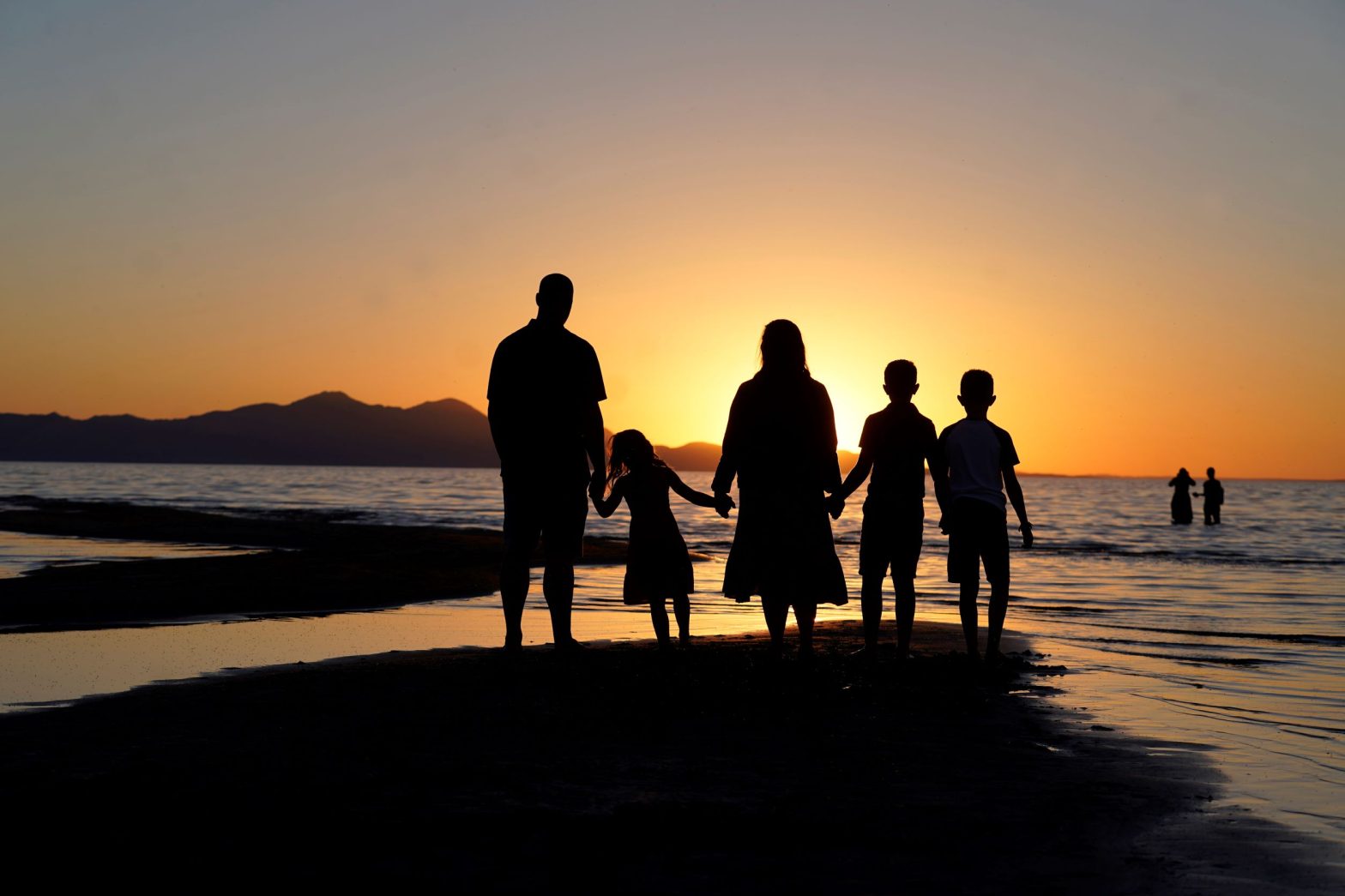
Heat waves across the country this year have shattered temperature records, and climate scientists expect it to keep getting worse. Some policy options for dealing with the lethal and inequitable impact of heat have been recommended by researchers.
In addition to increasing risk for numerous health conditions, from cardiovascular disease to respiratory disease and mental health, heat drives up hospitalizations, emergencies, and even death, according to Jaime Madrigano, a policy researcher at RAND Corporation, during a SciLine briefing on the science of urban heat waves this week.
A large-scale study, published in Nature in May, reported that “increased mortality is evident on every continent” due to human-made climate change. Looking at data from 43 countries from 1991 to 2018, it found that 37% of warm-season heat-related deaths in that period can be attributed to anthropogenic climate change.
Researchers have also noted that the communities suffering the most from rising temperatures are the marginalized and otherwise vulnerable.
Deliberate policy choices, which caused disinvestment in some communities and investment in others, have a measurable impact today in the temperatures of those cities. Practices like redlining during the administration of Franklin D. Roosevelt segregated American cities with maps creating risk categories for home mortgages. This limited access to things like central air conditioning and affected urban design in a way that makes the populations living in those areas vulnerable to heat, according to researchers.
Vivek Shandas, a professor at Portland State University who specializes in the development of strategies to address the effects of climate change on cities, said areas that were subject to redlining have consistently faced hotter temperatures. Those cities have more asphalt and pavement, fewer parks and green spaces, and industrial facilities and large-scale housing projects are more common there, he added.
Adapting to these new challenges will require engaging and supporting communities and developing new analytical tools, Shandas said. Bills that give resources to local communities and focus national attention on how heat affects marginalized communities and low-income communities are also worth pursuing, he argued.
Urban areas present unique concerns. They trap heat and tend to be hotter than surrounding rural areas. This creates what is known as an urban heat island.
There’s generally an average of a 3-5°F difference between downtown and rural areas but places like Phoenix can be more like 15-22%°F hotter on a given day, Chandana Mitra, an associate professor of geosciences at Auburn University, said.
Factors like the background climate, time of day, where the city is, the time of year, and geography influence the intensity of the urban heat island, and it’s important to note that it’s not just big cities, but small and medium-sized cities see similar dynamics as well, she said.
A recent report from Climate Central, a nonprofit organization that publishes news and reports on climate change, outlined a number of short-term and long-term measures they believe will help mitigate the effects of urban heat islands.
The Climate Central report cited Miami-Dade County’s decision during the May heat wave to designate Jane Gilbert as a Chief Heat Officer, the first-ever such officer, is a strategy that can be employed by cities for mitigation.
In the short term, the report offered three other strategies for cities to adopt for mitigation: providing public assistance with energy bills, providing information and a public means of transportation to areas with air-conditioning, and providing public alerts about heat waves along with in-person checks on seniors and other at-risk subpopulations.
The report also listed a series of long-term solutions, which it said are more difficult to plan and fund and which are also location-dependent.
The long-term solutions outlined in the report include several design considerations, such as varying the height of buildings to ensure air circulation, installing reflective materials on roofs, and whitewashing roads. Planting trees along paved streets, taking advantage of the fact that shaded surfaces have 20–45°F cooler peak temperatures and that trees absorb carbon dioxide, and installing rooftop gardens were also recommended.
Many cities have published plans for dealing with the heat in the coming years.
The climate-ready plan for DC includes growing the wetland acreage coverage of the Anacostia and Potomac rivers by 50%, as well as expanding urban tree canopy coverage by 40% by the year 2032, according to the district’s plan which was collected by the nonprofit American Council for an Energy-Efficient Economy’s state and local policy database.



















